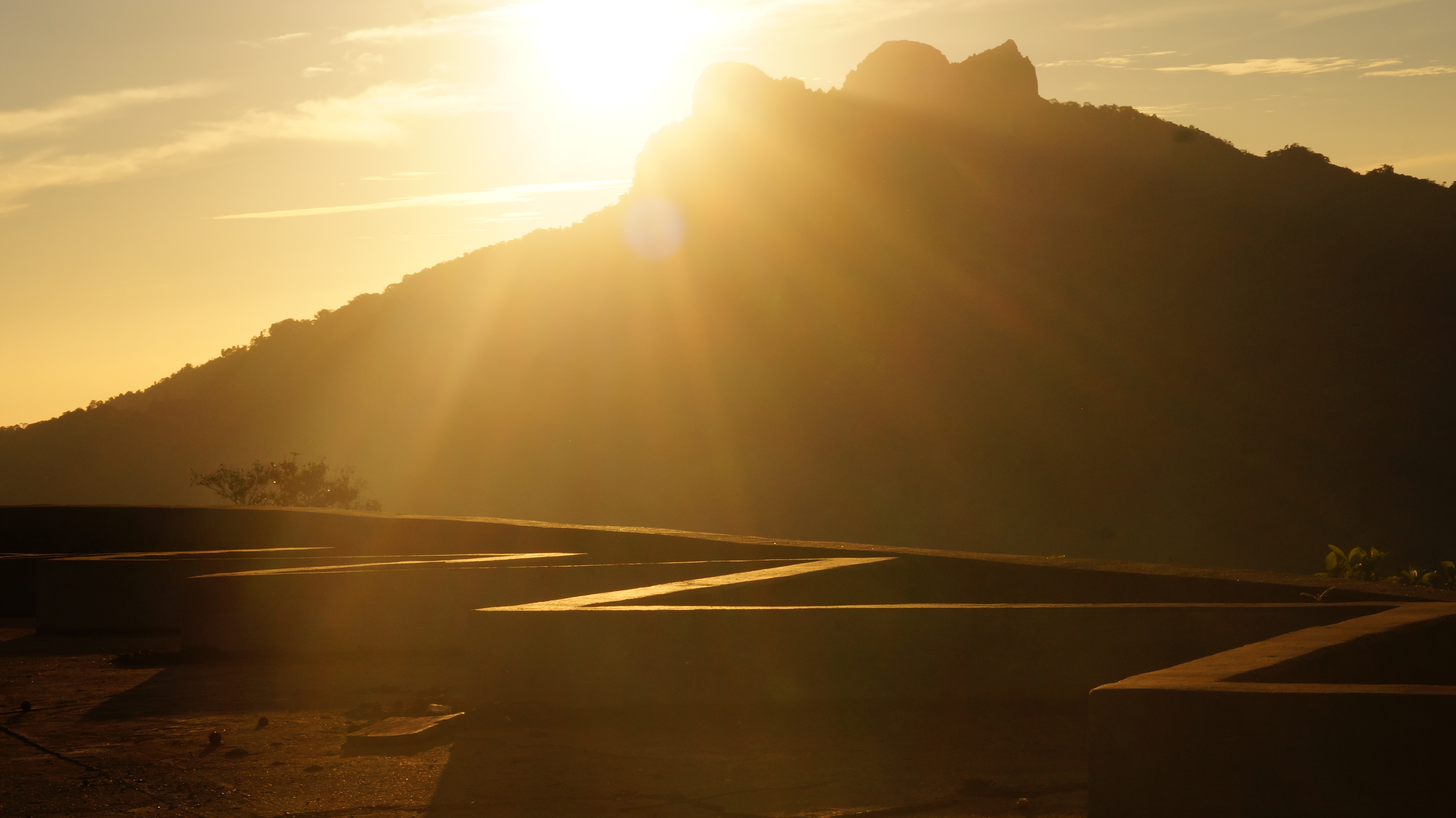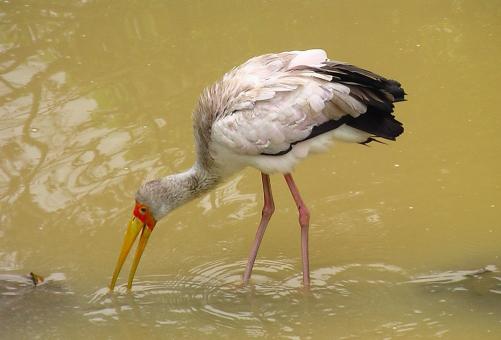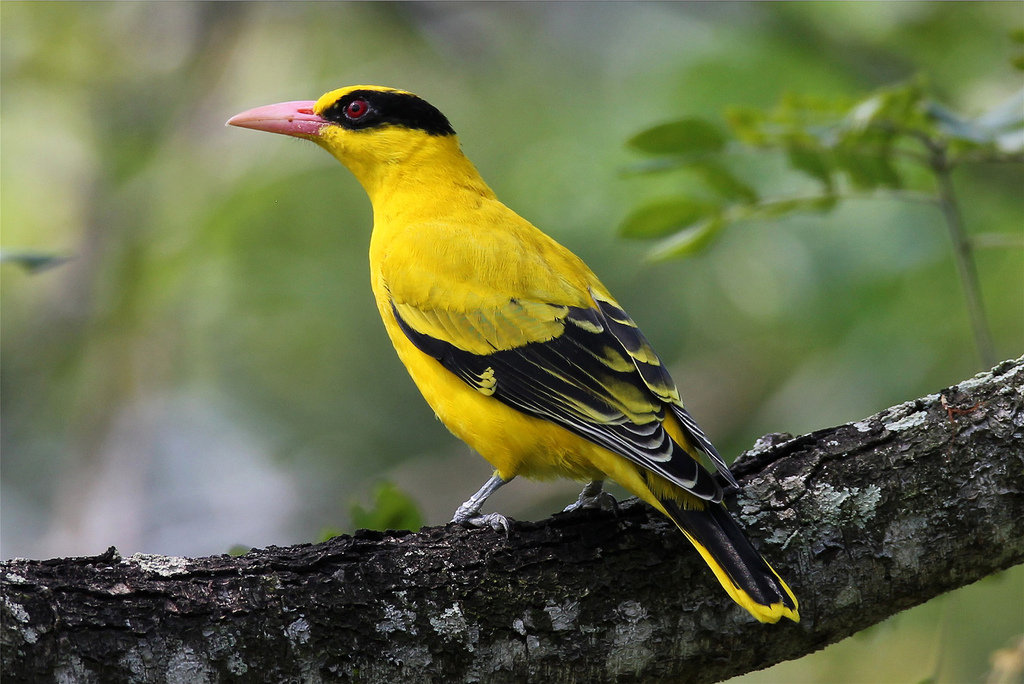- The remarkable bird life of the Wakatobi Islands, SE Sulawesi: hidden endemism and threatened populations - 10/07/2020
- The Bird Life of Wawonii and Muna Islands Part I: biodiversity recording in understudied corners of the Wallacea region - 30/06/2020
- Comparing the biodiversity and network ecology of restoredand natural mangrove forests in the Wallacea Region. - 09/12/2019
Most of us start off in ecological research for the fieldwork. I always dreamed of following in the footsteps of Darwin or Wallace, discovering species and exploring new lands. While I haven’t quite reached the level of my august peers (yet!), my PhD has allowed me to take a step on the road towards following that dream. My PhD field work involved travelling around beautiful tropical islands in remote parts of Indonesia. Tough work, but someone has to do it. We moved site every week as part of our sampling regime, working in mountains, swamps and everything in between. We stayed with local families, sometimes in hovels, sometimes in veritable palaces, often with one following the other. I find it hard to pick my favourite site, I loved them all in their own way, but if I have a favourite it’s Kabaena Island, off the south-east peninsular arm of Sulawesi. In 2016 I spent three weeks there surveying bird populations as part of joint research by Trinity College Dublin (TCD) and Halu Oleo University team. This work complemented previous research by previous TCD teams in 1999, 2001 and 2003 which led to the discovery of a new species of the Red-backed Thrush, the Kabaena Thrush (Geokichla erythronota kabaena).

I think Kabaena stands out in my memory due to the real sense of remoteness that I felt on the island. There was absolutely no phone reception on most of the island. The boat to the island chugged along at a brisk four knots (not even twice average walking speed). We were very much cut off from the modern world and all that entails. Glorious isolation! The villages were all memorable in their own way. Enano was a gentle introduction to our Indonesian field season, rolling farmland with some of the only cows I’ve seen in Indonesia (timid little red fellas). Then onto Tangkeno, my single favourite Indonesian village. It was a beautiful mountaintop village which seemed to specialise in beautiful sunsets. The increase in altitude meant no mosquitos and actually pleasant temperatures. Pure heaven. The people of Tangkeno were particularly keen on Ramadan celebrations, so they played drums over loudspeaker at 4am every day! This was the signal for the head of each household to go out with his own drum to beat it and sing. It made for a unique alarm clock! After Tangkeno we were intent on surveying mangrove birds. This led us to the fetid swamp that was Sikeli! I’m pretty sure every mosquito in the world was there. For two days, tiny (biting!) beetles inexplicably rained from the roof over my bed. After a week of bliss at my coldest field site, Sikeli may have been the hottest! The highs and lows of a field season.
Of course, the most important thing about Kabaena was the birds. It’s fundamentally all about the birds. In this sense, Kabaena certainly didn’t disappoint. It was a blank slate for ornithological research, with TCD researchers the first to ever research the bird life there. Our research into Kabaena’s bird life (published in the latest issue of Forktail) found several important bird populations. We found 89 species in total, 30% (27) of which were Sulawesi endemics and three were classified as Near Threatened by the IUCN. Importantly we also documented potential evidence of breeding on Kabaena by the Endangered Milky Stork (Mycteria cinereal). This species has experienced declines throughout its range, so we hope that further work can be done on Kabaena to ascertain whether it may have a stable population there. Kabaena is experiencing huge deforestation, so we hope our research will highlight the value of its wildlife populations while there is a chance to preserve some of them.

To find out more, read our Forktail article: ‘The avifauna of Kabaena Island, south-east Sulawesi, Indonesia.’
Reference
O’Connell, D. P., Sealy, S., Ó Marcaigh, F., Karya, A., Bahrun, A., Analuddin, K., Kelly, D. J. & Marples, N. M. (2017). The avifauna of Kabaena Island, south-east Sulawesi, Indonesia. Forktail, 33: 14-19.
Acknowledgements
A big shout out to the rest of the Kabaena dream team (Síofra Sealy, Adi Karya and Nur Fajrhi) for powering through much sleep deprivation, invertebrate attack and eccentric living conditions to collect my PhD data! Thanks to TCD, Halu Oleo University and Operation Wallacea for facilitating, planning and providing logistical support for this research. A big thanks to Kementerian Riset Teknologi Dan Pendidikan Tinggi (RISTEKDIKTI) for providing the necessary permits and approvals for this study (174/SIP/FRP/E5/Dit.KI/V/2016).
______________
About the Author
Darren O’Connell is a PhD student in Nicola Marples’ research group in the Department of Zoology, Trinity College Dublin. For his PhD, Darren is studying bird evolution and island biogeography in Indonesia, supported by the Irish Research Council. His wider research interests include conservation biology, restoration ecology and behavioural ecology. Find out more about his research here:
Website | TCD Zoology Profile
Twitter | @oconned5
Research Gate | Profile
LinkedIn | Profile
Google Scholar | Profile


One Reply to “The avifauna of Kabaena Island”